By Manoj Sharma
Hardik Mehta is on a roll. This national award winning director’s debut feature Kaamyaab is being screened in Paris. His producer, Manish Mundra, Founder of Drishyam Films, reacted, saying, “We are thrilled that Kaamyaab is being screened on 14th February at the 2019 Festival du Film d’Asie due Sud. From Busan to Paris, Kaamyaab’s heartfelt story has and will resonate with film lovers.”
Before Hardik’s packed screening, he spoke passionately with us at iiF. The director revisited the scripting process, working with fine actors, the journey of this film and also spoke about how he keeps the artist in himself alive.
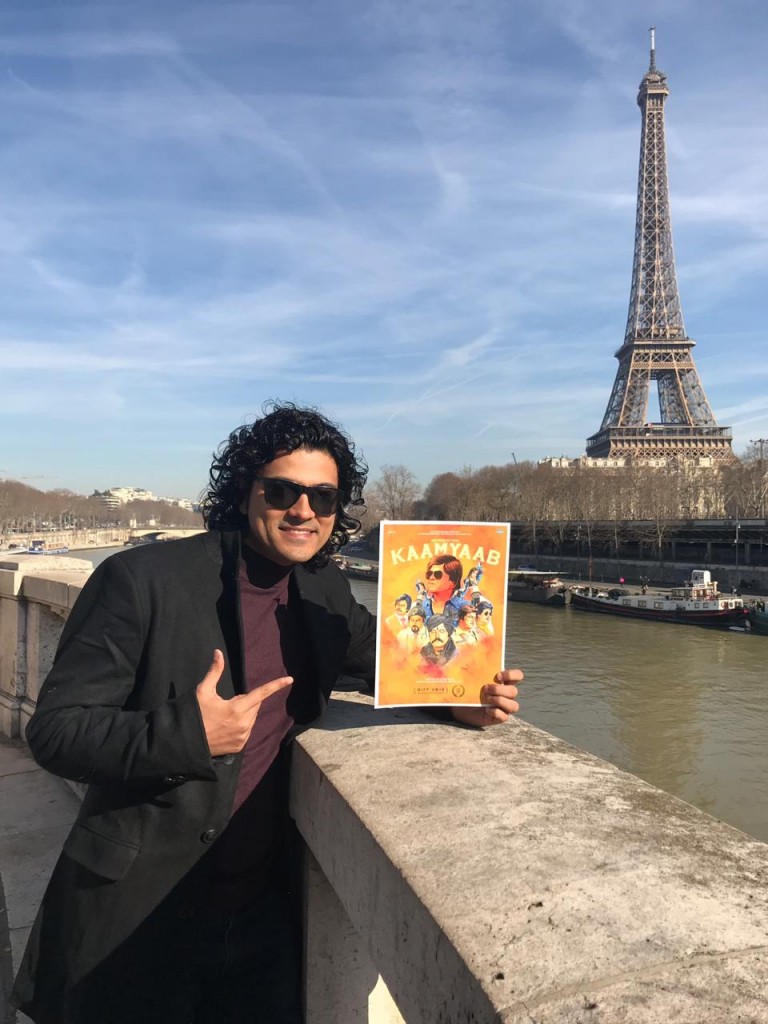
What was your writing process for this film?
When we grew up, I watched films on television. There are channels that show films like Amar Akbar Anthony and Sholay almost on a loop. There you see a lot of smaller parts and you get fascinated by them. We started mimicry in schools and colleges to garner attention and keep our peers entertained. I, too, was fascinated in the same manner with Hindi cinema.
When I came to Bombay, I started seeing these faces (characters from those films) around me. I started thinking about them. A lot of questions popped up in my mind. Like, how come they are leading such a normal life? What must be their struggle? Due to my love of public transport, I travel by Mumbai’s BEST bus. I remember seeing one such actor, Ramesh Goyal, having a conflict with a bus conductor on some trivial matter. He has worked in films like Sarfarosh and Humara Dil Aapke Paas Hai. For me the visual was that of an actor who has worked with Aamir Khan in Sarfarosh taking a local bus. That’s why I started finding out about these guys.
I was intrigued by the Birbals, Jeewans, Johnnie Walkers, Viju Khotes and Bob Cristos of Hindi cinema. Bob Cristo was a personal childhood favourite from Mr. India with his iconic dialogue, “Hanuman ka moorti..Hanuman ka moorti”. So, during the course of this research, I decided to tell their story. I started writing this story in 2013- 2014. It was the time when I was working on my documentary, Amdavad Ma Famous. Vikramaditya Motwane read it and liked the material. Around that time I decided to give a goal to my protagonist. Which was, when the film opens, our guy realises that he has already done 499 films and now wants to work on his 500th film. His journey from the 499th to 500th film is Kaamyaab.
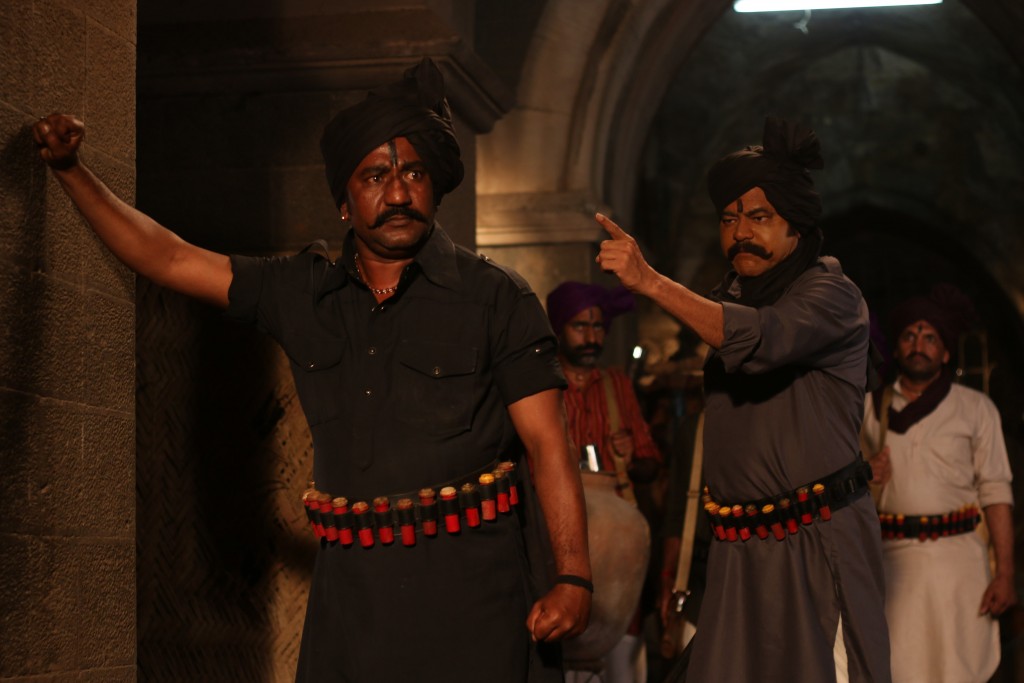
Is it a film within a film?
No, not at all. There is a very small portions in the film where we show that a film is being shot. The whole film is, as I told you, about a character actor’s journey towards his 500th film.
How did Drishyam represent this film?
After making Amdavad Ma Famous I directed a short called The Affair. It was produced by Akanksha Tewari. I shared its rough cut with Manish. He agreed on presenting the film. I also shared Kaamyaab‘s script with him. He found it entertaining and heartfelt. He asked me about the casting requirements. I needed Sanjay Mishra, Deepak Dobriyal and a new girl. The casting excited him and also the fact that these two fine actors had not worked together barring a film which wasn’t really focussing on them. Drishyam released The Affair and it received a good response. He was any way going to produce Kaamyaab but the short’s response cemented his trust on my work. From a producer’s point of view, I feel only 2-3 people in the industry would’ve read the script. Kudos to Drishyam, who expressed their faith in such a story.
Was Sanjay Mishra your first choice?
This project is like Queen. If Kangana doesn’t do it then the complete film fails. Kaamyaab similarly works only because of Sanjay ji. He is the most integral part of Kaamyaab and without him the film can’t be made. He is one actor who has a fantastic range. He can pull a complete film on his shoulder. Earlier I’d thought of making a documentary by the name of Kaalia on the life of Viju Khote. Even after 40 years of Sholay people still ask him, “Kitne aadmi they?”. How ridiculous is that? But that would’ve been a different film. For fiction format, only Sanjay Ji was the choice. By 2015 I had access to him. Aankhon Dekhi and Masaan had released by then and I only wanted him. When he read it for the first time his reaction was, “Hardik, yeh tu kabhi bhi lekar aata toh main isko nahin mana karta”. What I love about him is that he completely owned the script once he came on board. My fallacies in the script are very dexterously hidden through his acting and on my edit table.
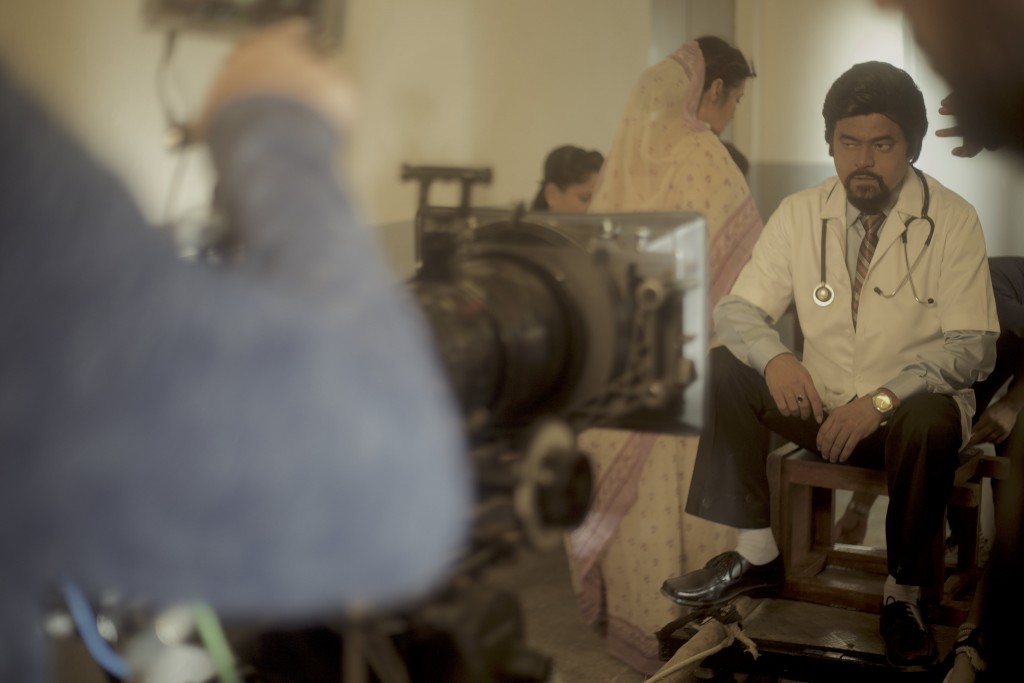
Can you talk a little more about the moment when he read the script for the first time?
Because of Drishyam and Manish Mundra, access to Sanjay Mishra became easy. When Newton was about to release, we approached him for this film. Its narration happened in Vijay Raaz ji’s outhouse in Thane. I and two others from Drishyam’s team went there. It was a 2-3 hour narration. He understood the arc and gave time between December and January. In October, we started meeting every evening at his place. He would hear every scene again and again and give his inputs. A transition from paper to visual is a thousand times bigger. In the time of Youtube and Netflix, we’ve become impatient viewers. He understood this fact and worked on sharpening each scene to such detail that it must stand alone and without it the film should look incomplete.
The same happened with Deepak Dobriyal. He read the script in October and in November he met for 4-5 days and every evening he’d come up with new ideas. Since our budget was limited, we couldn’t risk of taking liberty on set. So, all the permutations combinations were worked out in the pre-production and workshop stage itself. At Busan also, someone asked Sanjay ji about his preparation for this role. To which he replied, “Back in India I am a character actor and in this film I am playing a character actor. So, I didn’t have to prepare anything; I just had to play myself and let the director handle the rest.”
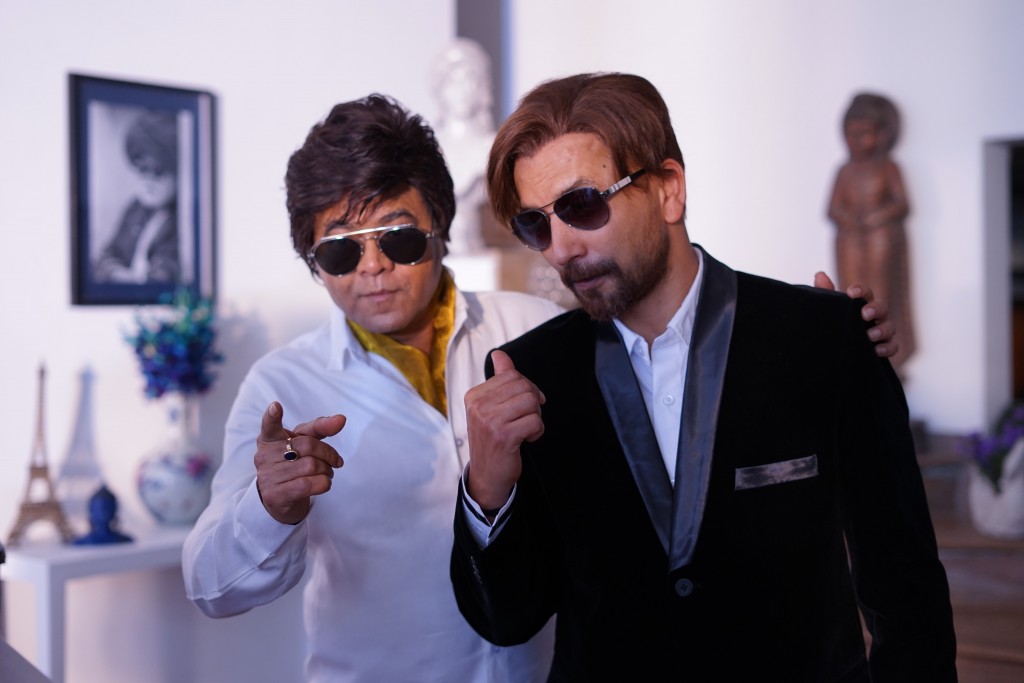
How was the response at Busan?
The response to this film was very good. Our treatment is very Asian. We consciously have chosen not to make it European Arthouse style. If an actor in our films has a heartbreak, we do hear a violin play. Or when we see the visuals of a man walking in rain, we Asians respond a certain way. We worked on keeping the idiom very Indian. Koreans are very much like Indians when it comes to their appetite for entertainment. Humour and pathos works well in Korean material too. So, they connected with the protagonist a lot and empathised with his pain. They took selfies with us and all shows were houseful. It came to a point that by the second screening even we didn’t get tickets. In that sense it was quite pleasant.
Can you talk about the time from writing to screen?
I finished my 1st draft in 2014. It was still quite amateurish. I feel the first script must not be made immediately after writing. If you do, so then you can fail miserably. It’s best to sit with it for a while and let it age like a wine. After spending 2-3 years with your script, you realise whether it’s happening or not. When a film is made, it’s final and there’s no turning back from there. So, it’s better to spend that time with it before going into production. I did the same.
So, how were you reflecting on this script?
A good part about being an A.D is that you get time to reflect while shifting from project to project. I could revisit my script quarterly or half yearly, depending on the project I was working on. You also have script experts and peers to read and give you feedback. Vikramaditya Motwane was guiding me. Devashish Makhija, Navdeep Singh, Abhishek Chaubey also read it. Different people read the script at different stages. I filtered their feedback and incorporated what I felt was needed. I guess that’s the support with which you come up with for your first film, or you have to be a complete genius to not take anybody’s help. Apne ko toh homework karte karte hi aage jaana pada.
First film with such fine actors. Important lessons?
Oh, the learnings were plenty. Good actors give you a lot of range. Mishra ji can give you All The Best Mishra ji, Aankhon Dekhi Mishra ji and an Office Office Mishra ji also. In a film like Kaamyaab you need a little bit of all of it. Some of Golmaal Mishra ji in some scenes and a little bit of Aankhon Dekhi Mishra ji in others. Now as a director, I know how much All the Best Mishra Ji can come in my character. To keep the character entertaining and real, I had the luxury of shaping his range according to my needs. Same goes with Deepak, Esha and Sarika also. In fact Sarika is playing one of my favourite characters in the film. She does theatre and has worked with the likes of Seema Pahwa. Watching her perform with Mishra ji was a treat. It was a healthy competition between a theatre and a film actor. After a couple of scenes together, Mishra ji patted Sarika ji on her shoulder and said, “Very good Sarika, koi aisa hona chahiye tha jo meri laga de.” We also have Avtar Gill who plays good 90s Avtar Gill, who can make you shit bricks by just holding your collar. I didn’t have to do long workshops. I was relieved that in a film like this which was around the life of actors, I was fortunate to have got such talented actors to work with. If anyone needed or was having a workshop then that was me!
How much time did you take to shoot it?
We shot in 27 days. Every day on a shoot means money being spent. Which means one has to be quite efficient and be prepped properly. My cinematographer Piyush has been with me for the last 7 years in all the projects. This has brought an understanding which results in saving a lot of time. We make proper floor plans and devise our shots in advance. Of course, a few improvisations happen on shoot, but we stick to the plan to a large extent.
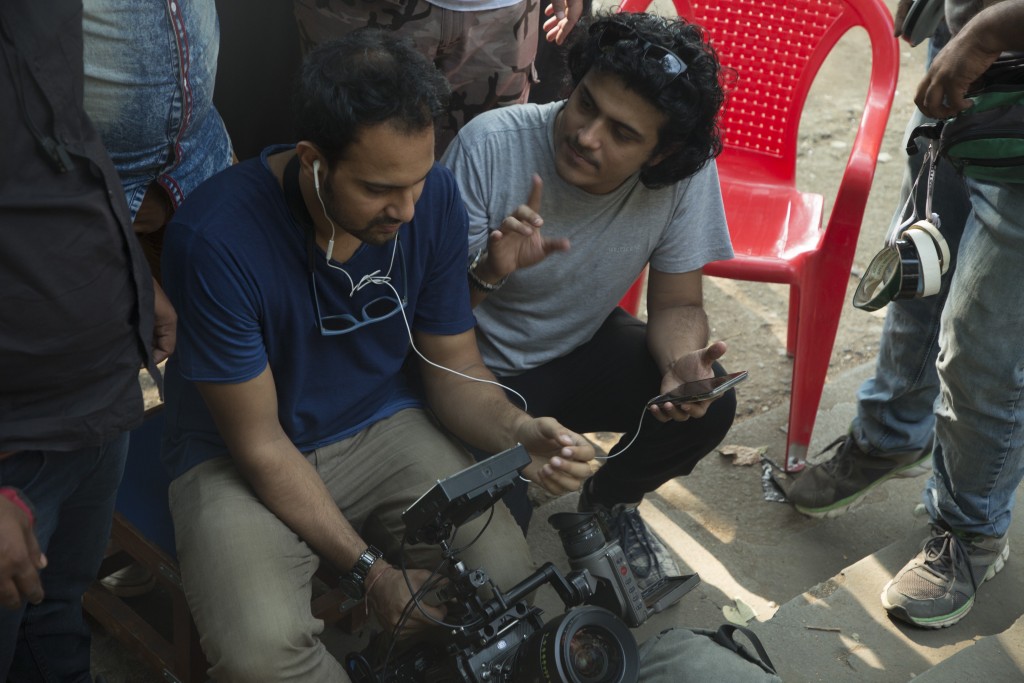
In your interviews about this film you’ve spoken of the fact how supporting characters have slowly vanished from Hindi films’ posters. But don’t you see a power shift in terms of where a supporting actor stands today?
That’s correct. Things have started to change in a big way. But when I wrote the film, this scenario was completely true. It’s only in the last year that we’ve begun to see the change. Suddenly we see an onslaught of actors like Pankaj Tripathi and Gajraj Rao. It’s a pleasant change and is here to stay. All credit goes to new scripts. But even now if you look at business, you see hero oriented films and posters like Simmba’s. Masses are still watching hero-oriented films. That’s exactly where Kaamyaab stands right now. It’s about a forgotten character actor that Bollywood is trying to bring back. In Kaamyaab we are not talking about people like Anupam Kher or Boman Irani. We are speaking about people like Vrajesh Hirjee. We are talking about actors who are always on the fringes. Earlier, even they found a space in posters. My world in this film is where you see Iftekaar saab on a poster and think to yourself, “Oh, there must be some interesting police angle too.”
What’s the film’s route from here?
The baton is in the hands of Eros right now and they’ll decide what’s next. There is a light at the end of every tunnel. It’s showing at Festival du Film d’Asie du Sud- FFAST. This is a festival of South Asian films in France. The Kaamyaab screening at Grand Rex Theatre, which is Europe’s biggest theatre, is certainly a high for me.
In your last interview with India Independent Films you talked about starting a documentary, any progress?
Yes, I was working on it, but things have changed. The reality of the subject’s life has changed and the person has changed route from what my subject of the film was. So, I’ve halted that project for now. Meanwhile I’ve written for a series for Amazon Prime. Anushka Sharma is producing it, and Avinash Arun and Prosit Roy are directing it. Sudeep Sharma is the show runner for it. Its working title is Jamna Paar. This should also release by end of 2019.
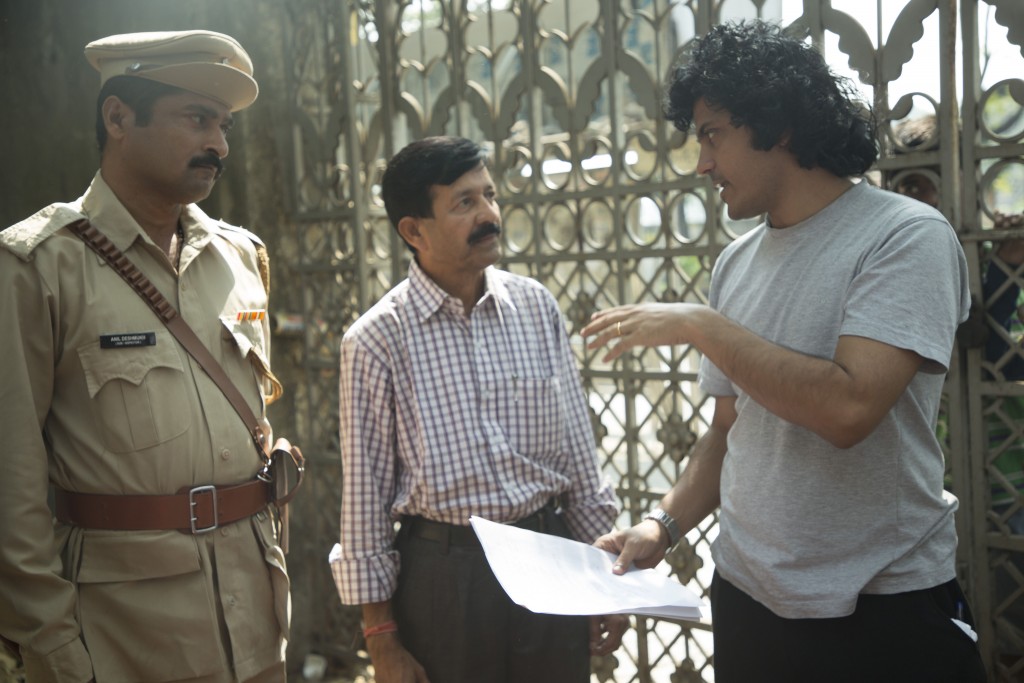
What’s your personal riyaaz as an artist?
I read a lot. It helps the mind travel. I expose myself to all kinds of good cinema. European Arthouse, Japanese action, U.S indies to blockbusters. There are a certain blockbusters that I can’t watch but I am developing taste for them. As a director, I want to deliver all kinds of genres. That’s what the challenge is. As an artist I keep challenging myself to different genres. I made short fiction like Skin Deep and then made a short documentary, then this feature and after that I wrote a web series for Amazon. Similarly, I’d want to work in a different genre next. Maybe a thriller or horror. Just trying these different genres and reading classics and being at it. Reading non-fiction also helps as it exposes me to politics and geographies of the world.

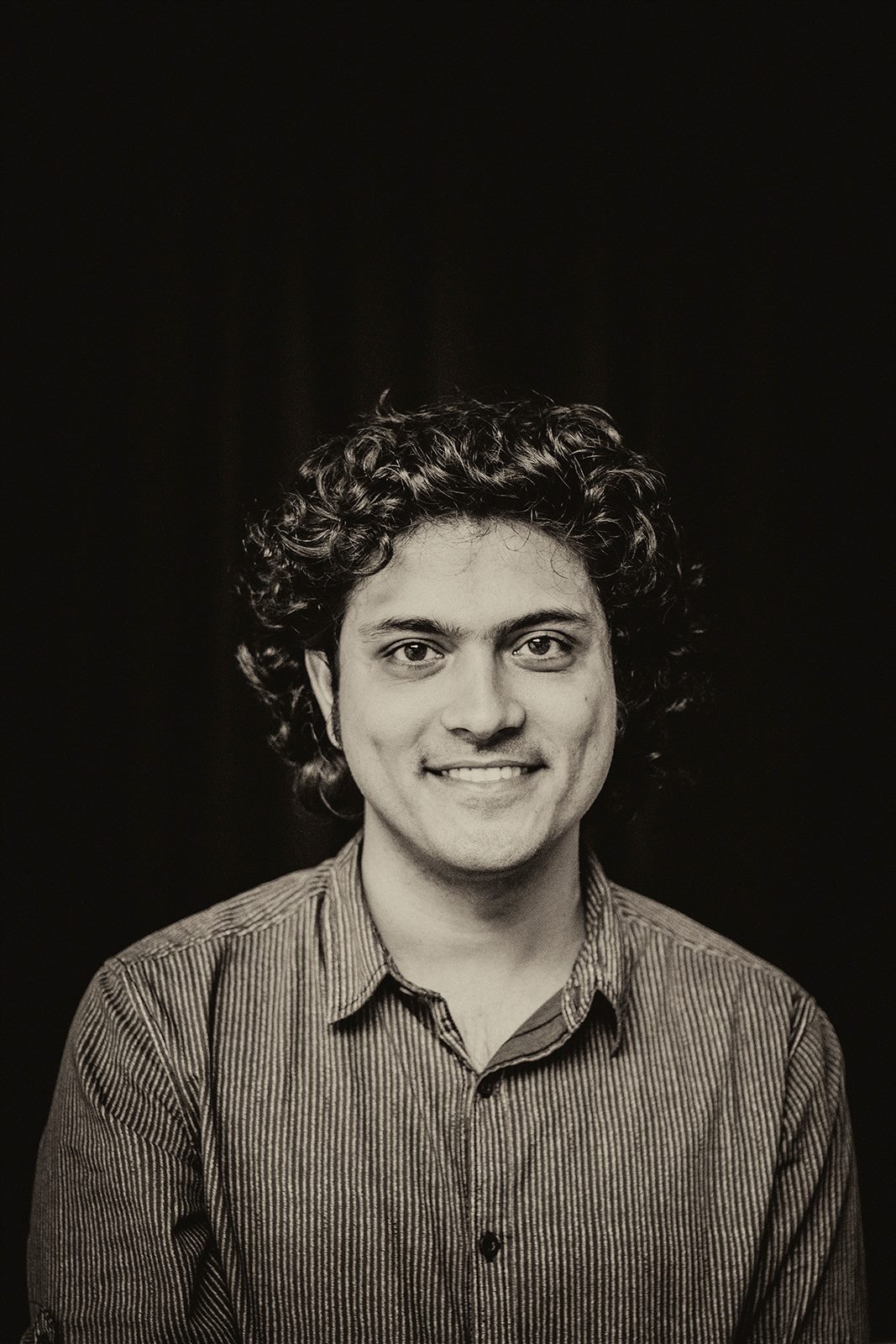
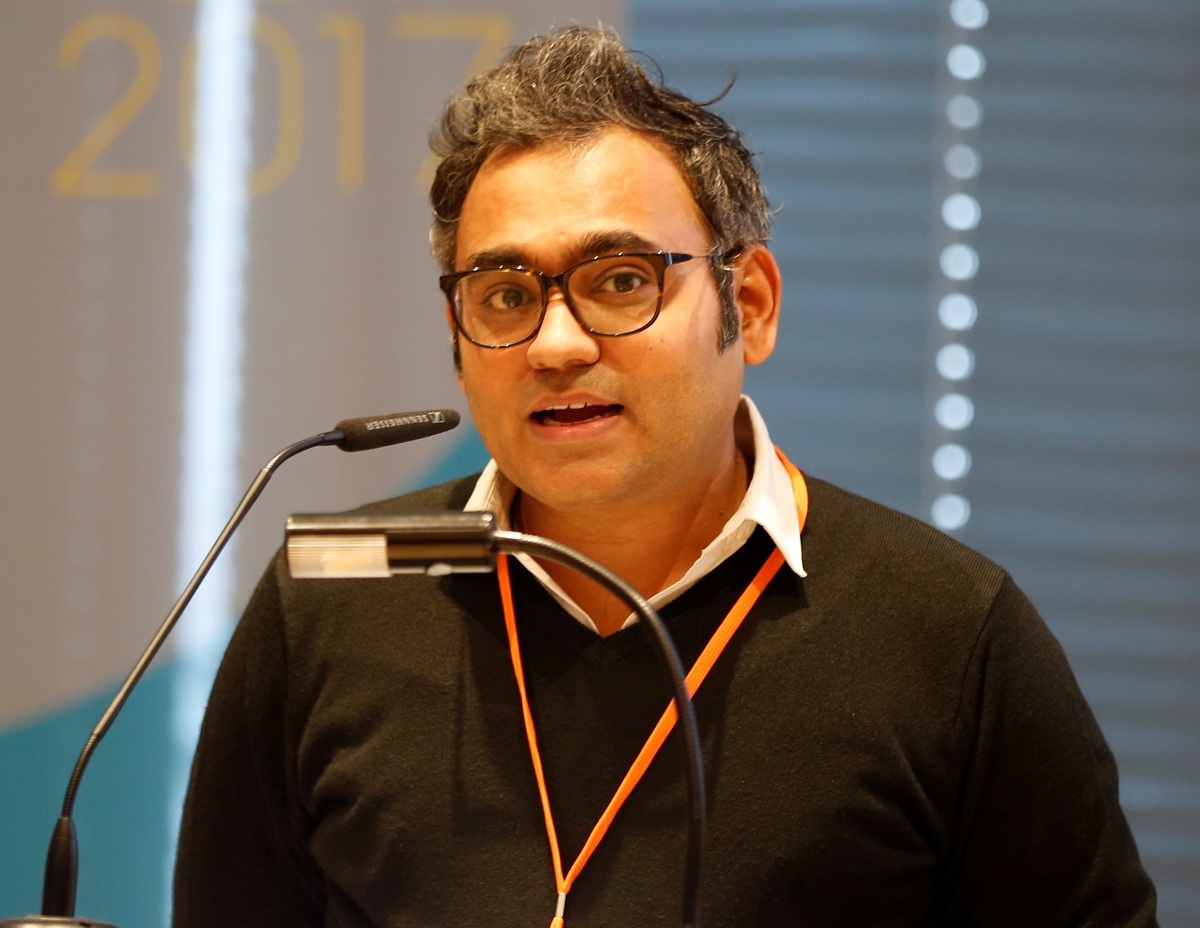
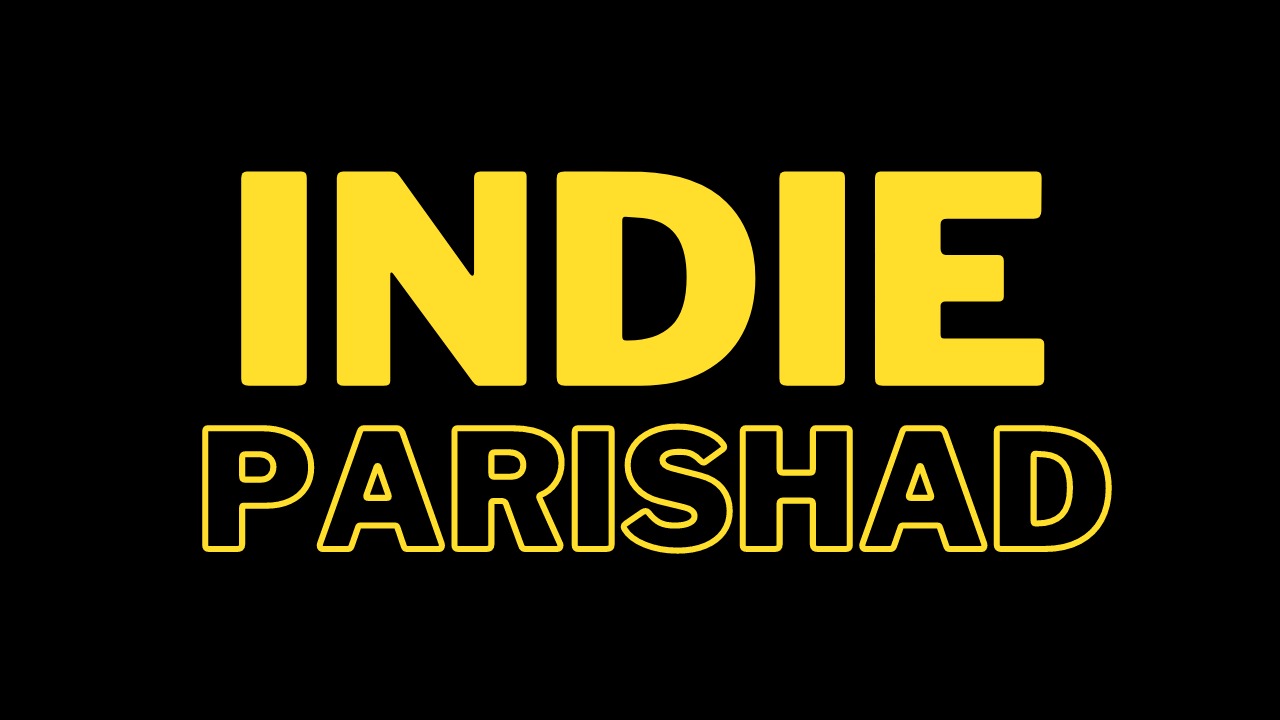
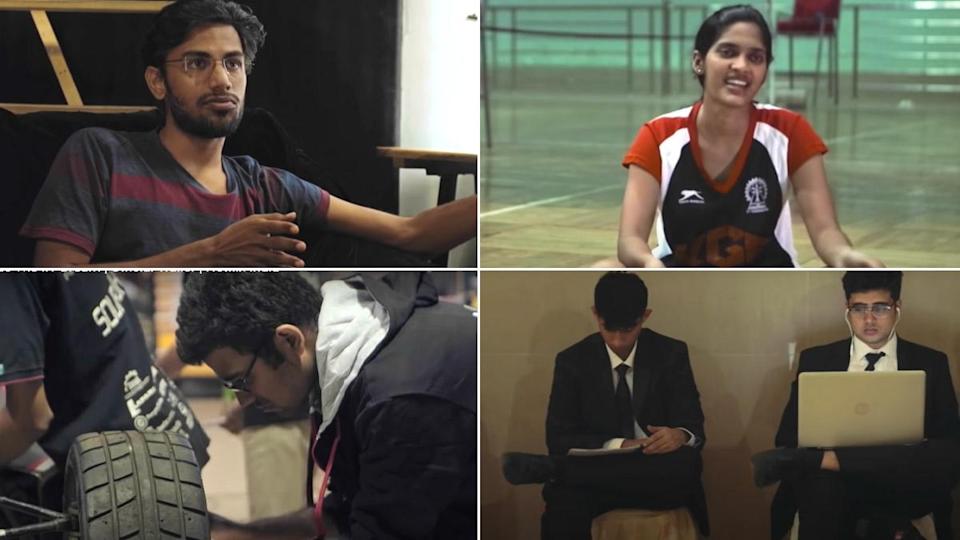
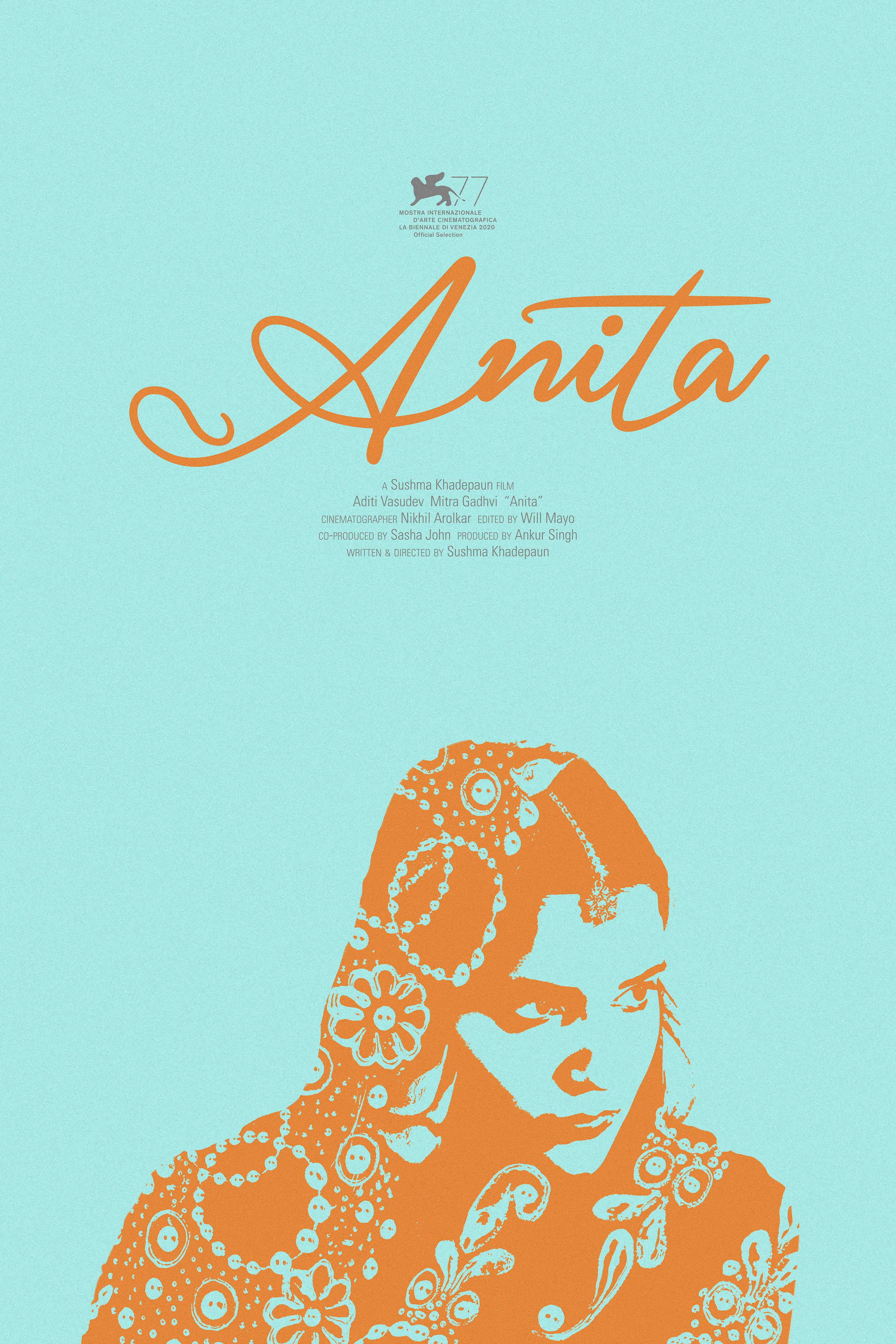



Leave A Comment
You must be logged in to post a comment.